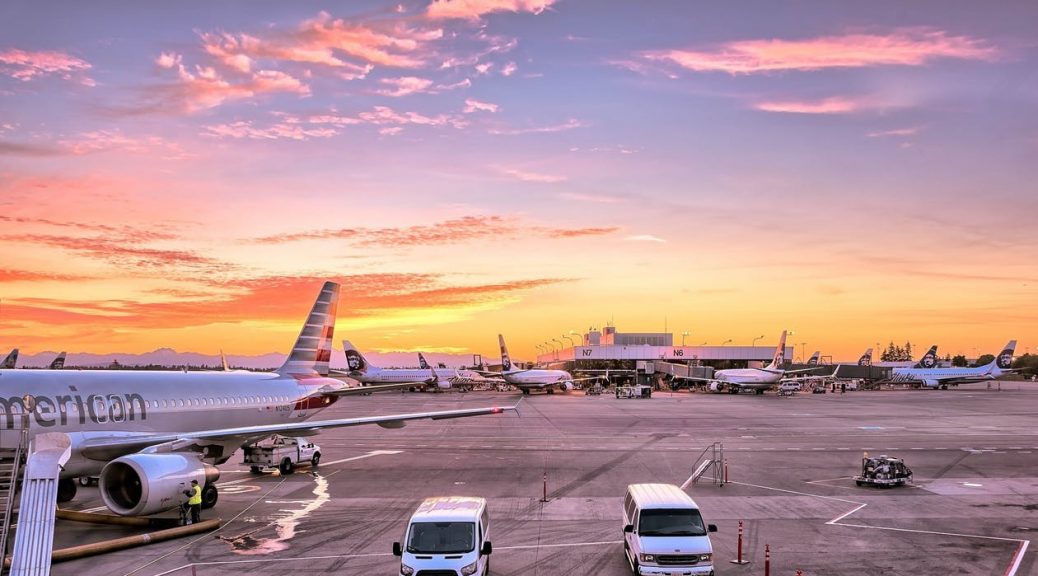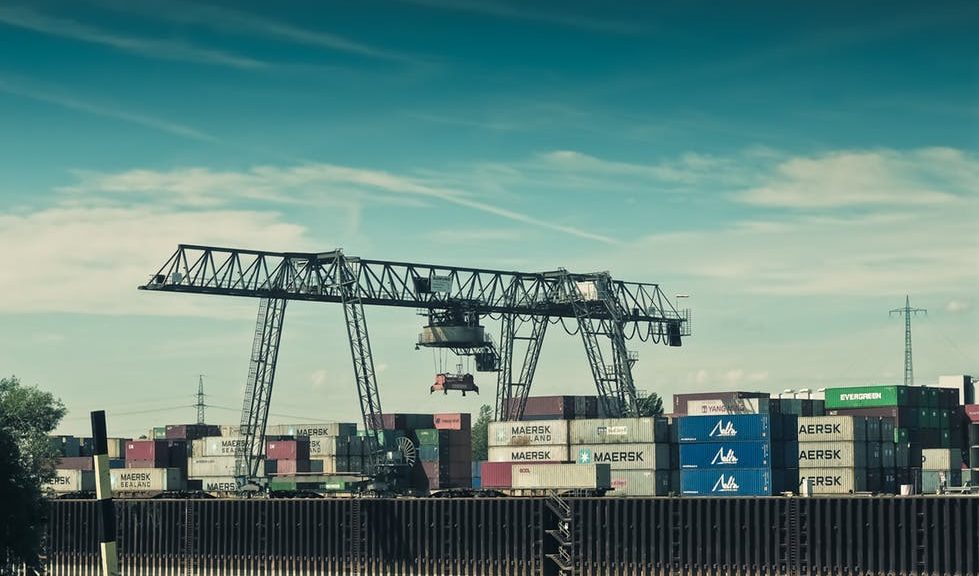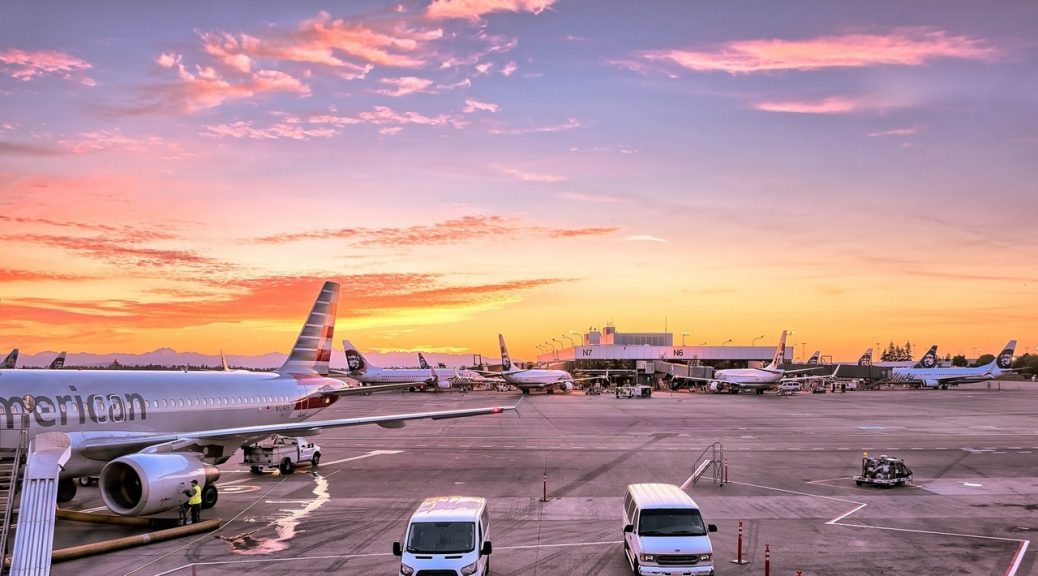In previous posts, we’ve already talked about the positive 2017 that the air cargo industry has experienced so far. This has been driven by a number of factors – not least a global economic landscape that is looking increasingly positive in terms of consumer and business confidence. Asian markets in particular have shown strong growth in air cargo business. However recent figures from US markets suggest that the Far East is not the only region to be experiencing an upturn.
American, Delta and United all saw double-digit growth in July, with United in particular enjoying a big increase. They saw demand increase by 17.1% year on year, hitting an impressive 279m cargo ton miles (CTM). The growth in demand is part of a clear trend upwards, but remains below the level for the year to date which stands at 20.5%.
The big picture
The US figures are part of an encouraging global picture, with air freight traffic around the world increasing by 10.4% in the first half of 2017. That’s the strongest half-year performance we’ve seen for the global air freight market in seven years.
“While the US dollar has fallen back since the start of the year, broader strength in the currency is continuing to support US inbound air freight,” says IATA senior economist David Oxley. “On the other hand, the strong dollar is also keeping outbound flows under pressure.”
Seize the opportunity
It’s an encouraging outlook, but one that the industry needs to take advantage of. “Air cargo is flying high on the back of the stronger global economy,” says IATA Director General and CEO Alexandre de Juniac. “Demand is growing at a faster pace than at any time since the global financial crisis. That’s great news after many years of stagnation. Even more importantly, the industry is taking advantage of this momentum to accelerate much-need process modernisation and improve the value it provides to its many customers.”
Ignazio Coraci comments: “The US is obviously an important market for us, and so these figures are hugely encouraging. We must make sure now that we use this positive period of growth to build for the future.”







